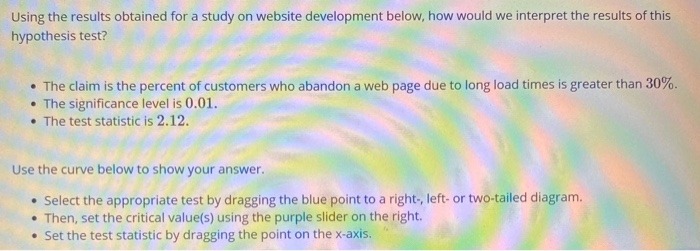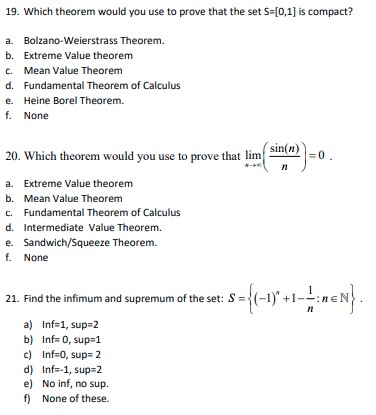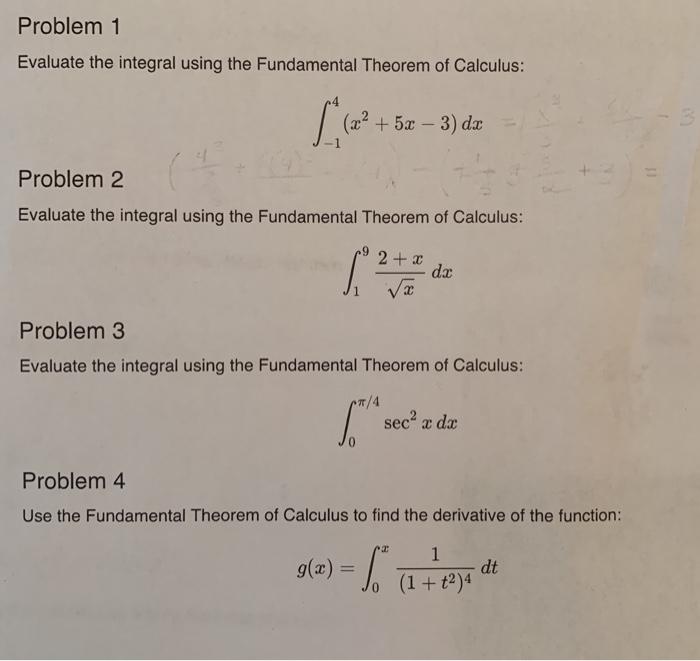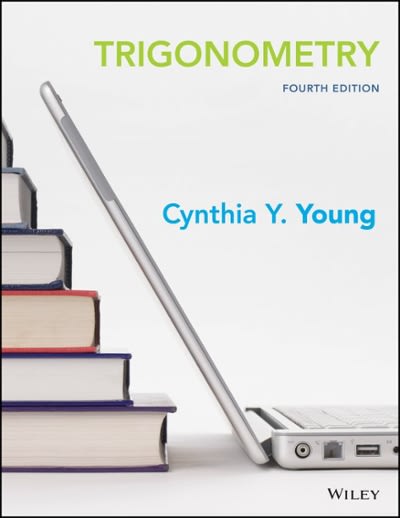Question
. Urn A contains 50% black balls 50 % white balls. Urn B contains 45 % black balls 55 % white balls. You get a
. Urn A contains 50% black balls 50 % white balls. Urn B contains 45 %
black balls 55 % white balls. You get a sample of n randomly selected balls.
All balls in the sample belong to the same urn but you do not know which
one. Your task is to decide which urn the sample belongs to. Let the null
hypothesis be the idea that the sample comes from Urn A.
(a) Suppose there are 10 balls in the sample (i.e., n = 10).
i. What would the critical value be for a Type I error specification
of 1/20 ?
ii. What would the power specification be? NOTE: in this case we
can calculate the power because it is possible to find the distribution of the mean assuming the alternative hypothesis is true. In
general this may not be possible.
The probability of catching Lyme disease after on day of hiking in the Cuyamaca mountains are estimated at less than 1 in 10000. You feel bad after a
day of hike in the Cuyamacas and decide to take a Lyme disease test. The
test is positive. The test specifications say that in an experiment with 1000
patients with Lyme disease, 990 tested positive. Moreover. When the same
test was performed with 1000 patients without Lyme disease, 200 tested
positive. What are the chances that you got Lyme disease.
7. This problem uses Bayes' theorem to combine probabilities as subjective
beliefs with probabilities as relative frequencies. A friend of yours believes
she has a 50% chance of being pregnant. She decides to take a pregnancy
test and the test is positive. You read in the test instructions that out of
100 non-pregnant women, 20% give false positives. Moreover, out of 100
pregnant women 10% give false negatives. Help your friend upgrade her
beliefs




Step by Step Solution
There are 3 Steps involved in it
Step: 1

Get Instant Access to Expert-Tailored Solutions
See step-by-step solutions with expert insights and AI powered tools for academic success
Step: 2

Step: 3

Ace Your Homework with AI
Get the answers you need in no time with our AI-driven, step-by-step assistance
Get Started


